1. Figures for the 10th anniversary of the Fukushima disaster: Fukushima Daiichi
An article from ACRO translated by Hervé Courtois
February 22, 2021
As we approach the tenth anniversary of the nuclear disaster at the Fukushima power plant, here is a numerical assessment based on the media, official sites and the 2,700 articles on this site. Updates will be made regularly.
Situation at the Fukushima Daiichi nuclear plant
The latest report from the Ministry of Industry on the progress of work at the Fukushima dai-ichi power plant dates from December 24, 2020 and was put online in English on January 28, 2021 (direct link https://www.meti.go.jp/english/earthquake/nuclear/decommissioning/pdf/mp202012.pdf).
See the damaged nuclear power plant
Two fixed webcams, installed in 2014, allow to have the nuclear power plant live. https://www.tepco.co.jp/en/hd/decommission/progress/about/livecamera/index-e.html
It is possible to take a virtual tour in English and Japanese of the Fukushima dai-ichi nuclear power plant (direct link : https://www.tepco.co.jp/en/insidefukushimadaiichi/index-e.html). But the images and documents do not seem to have been updated since February 2020. Some balance sheets date back to 2018.
As we have already reported, TEPCO has put online on its website (in Japanese and English : https://photo.tepco.co.jp/en/date/2020-e/202012-e/201222_01e.html) hundreds of aerial photos of the crashed Fukushima dai-ichi power plant taken in March 2011. Fukushima’s blog has extracted a selection of them from its website and has made a video montage of the 714 photos http://www.fukushima-blog.com/2020/12/photos-aeriennes-de-fukushima-daiichi-de-mars-2011.html. However, some of the photos are partially blurred, as if there was some secret, while unblurred aerial views are available since the very beginning of the disaster on the cryptome.org website.
Status of nuclear reactors
TEPCO has a digital timeline in English with the main events related to reactor safety and dismantling. https://www4.tepco.co.jp/en/decommissiontraject/index-e.html
The portal in English for dismantling works ; https://www.tepco.co.jp/en/hd/decommission/index-e.html
The page in English concerning the removal of fuel from swimming pools ; https://www.tepco.co.jp/en/hd/decommission/progress/removal/index-e.html
Reactor n°4
The vessel was empty on March 11, 2011 and there was no core meltdown, but a hydrogen explosion destroyed the reactor building. The hydrogen came from the neighboring reactor No. 3 via the common discharge stack.
The upper part of the reactor building was dismantled, the debris removed, and a new structure was built to remove the fuel from the pool, which has been empty since December 2014. Since then, the work has been stopped because the reactor is no longer a threat.
The map with some ambient dose rate values dates from 2016. https://www4.tepco.co.jp/en/nu/fukushima-np/f1/surveymap/images/sv-u4-20160630-e.pdf
Reactor n°3
There was a core meltdown and a hydrogen explosion destroyed the reactor building. All the debris in the upper part of the building was removed with the help of remote-controlled devices. A new building with a cylindrical roof was constructed. The removal of fuel began in April 2019, four years later than originally planned. The operations proved to be more complicated than expected, but they completed by the end of February 2021.
There were 566 assemblies in the pool (52 new, all removed, and 514 used). Some were damaged by falling debris. TEPCO’s dedicated page is here in English https://www7.tepco.co.jp/responsibility/decommissioning/action/spent_fuel/unit3-e.html. A video presentation of the operations, here in English https://youtu.be/iTDuc4Gq-0c
There would be, in this reactor, between 188 and 394 tons of corium (a highly radioactive mixture of molten fuel and debris), with a nominal value of 364 tons. The latter contains MOX fuel, based on plutonium. TEPCO has estimated that the recovery of corium from two reactors 2 and 3 will take 12 years and cost 1,370 billion yen (11.5 billion euros). In 2017, TEPCO had published photos taken inside the containment of this reactor, under the vessel, and a video: https://photo.tepco.co.jp/en/date/2017/201707-e/170719-01e.html & https://youtu.be/nDsjwCdtzHM
Since September 2020, the Nuclear Regulatory Authority has resumed its investigations to understand the course of the triple nuclear accident at the Fukushima dai-ichi power plant. This includes visits to the accident reactors, despite the high ambient radiation levels. It has brought back videos:
– Including this one, of Unit 3 taken on September 18, 2020, which shows the dilapidated state of the reactor building, almost 10 years after the accident: https://youtu.be/2ogtUCOnQDg
– And of Unit 2 on October 8, 2020 : https://youtu.be/xgN2kCOrn9k
– And of Unit 1 on October 9, 2020 : https://www.youtube.com/watch?v=7KX-mmwh93c&list=PLmEL1pMVzxvfOzFQXY-josH28sjv1zACb
During these visits, the Nuclear Regulatory Authority discovered very high dose rates, of the order of 10 Sv/h, above the protection slabs of reactors 2 and 3 http://www.asahi.com/ajw/articles/14071742. A lethal dose in one hour on site. It estimates that the slab of Reactor 3 contains about 30 petabecquerels (1015 Bq) of cesium-137. This will complicate the dismantling work.
Reactor n°2
There was a core meltdown, but the reactor building is whole. Ambient radiation is particularly high in this reactor, making access to humans very difficult. A delegation from the Nuclear Regulatory Authority went to visit the interior of the reactor building for the first time since the accident, but it had to turn around prematurely because of the dose rates that reached 11 to 12 mSv/h on the fifth level. This would be due, in particular, to suspended radioactive dust, which is surprising after so many years. Even higher dose rates, of the order of 10 Sv/h, were measured above the protection slabs of reactors 2 and 3. The Regulatory Authority estimates that the slab of Reactor 2 contains about 20 to 40 petabecquerels (1015 Bq) of cesium-137.
TEPCO has not begun to remove spent fuel from the pool, which contains 615 assemblies. This is now planned around 2024 and 2026 because of the ambient dose levels in the reactor building. Images were published in June 2020 https://photo.tepco.co.jp/en/date/2020-e/202006-e/200610-01e.html
The company sent several robots into the containment to locate the corium, this mixture of molten fuel and debris. There would be between 189 and 390 tons of corium in this reactor, with a nominal value of 237 tons. For more information http://www.fukushimaminponews.com/news.html?id=739. Several series of images have been put online by the company. One clearly sees the corium and a fuel assembly element that has fallen to the bottom of the containment:
TEPCO had sent a robot in contact with the corium in February 2019. The images were impressive :
The authorities hoped to be able to begin the removal of the corium before the 10th anniversary. This was the goal set in December 2011. But the technology has yet to be developed and the ambitions had already been revised downwards in 2019: it was only a matter of recovering a few grams of corium from reactor No. 2 in 2021. In December 2020, TEPCO announced a delay of at least one year in the start of operations, officially due to the COVID-19 epidemic in the United Kingdom. The articulated arm of a robot, which must collect the corium, is being developed jointly by Veolia Nuclear Solutions in the United Kingdom and Mitsubishi Heavy Industries in Japan.
TEPCO dismantled half of the chimney common to Reactors 1 and 2, which was 120 m high https://photo.tepco.co.jp/en/date/2020-e/202004-e/200429-01e.html. The work turned out to be more complex than expected, in particular due to a calculation error on the height of the crane. The chimney being highly contaminated, the work was carried out by remote-controlled machines.
Reactor n°1
There was a core meltdown and a hydrogen explosion destroyed the reactor building. This building had been covered with a new structure in 2011, which was completely dismantled in November 2016 https://photo.tepco.co.jp/en/date/2016/201611-e/161110-01e.html. TEPCO began to remove the debris from the upper part of the reactor, and then rebuilt a new structure to empty the fuel pool. Since then, the company has not been very prolific about the progress of the work.
On the other hand, the removal of spent fuel from the pool of reactor No. 1 has been delayed: at best, it will be 2027, or even 2028. The first date envisaged for beginning this withdrawal was 2018… The cost of these operations has not been estimated because the company does not yet know how to go about it. In the meantime, TEPCO has covered this pool to protect it with air bags https://photo.tepco.co.jp/date/2020/202006-j/200611-01j.html:
The hydrogen explosion fractured the concrete slab 12 m in diameter and 60 cm thick which is particularly contaminated in reactors 2 and 3. Very high dose rates had been recorded in 2017, up to 2.2 Sv/h, i.e. a lethal dose in a few hours on site. For the broken slab of reactor No. 1, there would be “only” about 0.16 petabecquerels of cesium-137.
There would be between 232 and 357 tons of corium in this reactor, with a nominal value of 279 tons. For more information: http://www.fukushimaminponews.com/news.html?id=739
Réacteurs 5 et 6
Les réacteurs 5 et 6 étaient arrêtés et partiellement déchargés le 11 mars 2011. Comme un générateur diesel de secours était encore fonctionnel, cela a permis d’éviter la fusion du cœur. Ces réacteurs sont maintenant entièrement déchargés et vont être démantelés.
Contaminated water
In 2011, the water injected to cool the reactors ended up overflowing and causing the greatest marine radioactive pollution in history. In April 2011, it was the contaminated water from Reactor No. 2 discharged into the sea via an underground gallery. And, in May 2011, it was the turn of Reactor No. 3.
TEPCO estimated that 520 m3 of highly radioactive water, or 4,700 terabecquerels (1 terabecquerel represents one million million becquerels) or 20,000 times the annual discharge authorization, was released in April. More precisely, there were 2,800 terabecquerels of iodine-131, 940 terabecquerels of cesium-134 and as many of cesium-137. This release alone would deserve to be classified at level 5 or 6 on the international INES scale. The IRSN had estimated that it was 20 times higher.
The year 2013 was marked by a series of scandals following the late discovery of a leak from a contaminated water tank and discharges into the sea. The authorities reacted and the Prime Minister of the time had declared before the International Olympic Committee that the situation was under control. In 2021, the situation is still not under control and the Olympics could be cancelled because of the pandemic…
The other major challenge facing TEPCO is the contaminated water that continues to accumulate.
Summary of the situation
Fuel that has melted and pierced the tanks must always be cooled. To this end, TEPCO injects about 70 m3 of water per day into each of reactors 1, 2, and 3 (see the balance sheet dated February 8, 2021 https://www.tepco.co.jp/en/hd/decommission/information/newsrelease/watermanagement/pdf/2021/watermanagement_20210208-e.pdf). This water becomes highly contaminated on contact with the molten fuel and seeps into the basements of the reactor and turbine buildings where it mixes with the water from the water tables that seeps in.
After the strong earthquake of February 13, 2021 https://fukushima.eu.org/fort-seisme-a-fukushima-pas-dalerte-au-tsunami/, TEPCO noticed that the level of water in the containments of reactors 1 and 3 had dropped https://www.tepco.co.jp/en/hd/newsroom/announcements/archives/2021/20210214_01.html.
The cracks have probably widened and the company may be forced to increase the injected flow rate. For Reactor 2, it is not known because the sensors were removed to prepare for the removal of the corium.
At the beginning of the disaster, underground infiltrations amounted to about 400 m3 per day and this contaminated water had to be stored in tanks. Conversely, the water in the basement, heavily contaminated, leaked to the water table and then to the ocean.
To reduce groundwater infiltration, TEPCO pumps into the water table upstream of the reactors, before this water is contaminated and releases it directly into the ocean. It has also built a barrier along the entire coastline and also pumps groundwater at the foot of the reactors. Some of this water is partially decontaminated and released into the ocean. Another part, too contaminated, is mixed with the water pumped from the basements of the reactors to be put into tanks after treatment, while waiting for a better solution. This flow is of the order of 5 m3/d according to the report dated February 8, 2021 https://www.tepco.co.jp/en/hd/decommission/information/newsrelease/groundwaterdrain_transition/pdf/2021/groundwaterdrain_20210208-e.pdf (between 3 (source https://www.tepco.co.jp/en/hd/decommission/information/newsrelease/groundwaterdrain_transition/pdf/2021/groundwaterdrain_20210118-e.pdf) and 8 m3/d (source https://www.tepco.co.jp/en/hd/decommission/information/newsrelease/groundwaterdrain_transition/pdf/2021/groundwaterdrain_20210107-e.pdf) in the previous reports available here https://www.tepco.co.jp/en/hd/decommission/information/newsrelease/groundwaterdrain_transition/2021-e.html).
The last barrier put in place is the freezing of the ground all around the 4 accident reactors, over 1.4 km in order to stop infiltration. After many setbacks, the frost has been over since November 2017. It has reduced the infiltrations, but not stopped them. The implementation of the frozen wall cost taxpayers 34.5 billion yen (265 million euros) to which must be added more than a billion yen (8 million euros) per year for electricity.
Since then, infiltration has been less than 100 m3/d (see the balance sheet of February 8, 2021 https://www.tepco.co.jp/en/hd/decommission/information/newsrelease/groundwaterdrain_transition/pdf/2021/groundwaterdrain_20210208-e.pdf), except in the case of heavy rainfall.
Flows and stocks
TEPCO pumps the water contained in the basements of the reactor and turbine buildings of the 4 accident reactors to avoid overflows. As this water is highly contaminated, it is treated and then stored in tanks on the power plant site. Some of it is re-injected for cooling. Here is the water circuit at the Fukushima daï-ichi power plant, as represented by TEPCO https://www.tepco.co.jp/en/hd/decommission/information/newsrelease/watermanagement/document-e.html:
The last one of February 8, 2021 reports a surplus to be stored of 90 m3/d https://www.tepco.co.jp/en/hd/decommission/information/newsrelease/groundwaterdrain_transition/pdf/2021/groundwaterdrain_20210208-e.pdf. It rose to more than 350 m3/d in the fall of 2020 and even 600 m3/d when the typhoons passed in October 2019. In 2019, the Ministry of Industry reported an increase in water storage from 50,000 to 60,000 m3/d per year (source https://www.meti.go.jp/english/earthquake/nuclear/decommissioning/pdf/20200203_current_status.pdf). Here it appears that it has accumulated 1.243 million cubic meters of contaminated water TEPCO has a dedicated portal for treated contaminated water https://www.tepco.co.jp/en/decommission/progress/watertreatment/index-e.html# . There are 1061 tanks on the power plant site, 1018 of which contain water treated by the ALPS plant. In another 29 tanks there is water where only caesium and strontium have beenn “filtered”. There is also about 4,800 m3 of untreated water in the basements of the reactors (as of February 8, 2021 https://www.tepco.co.jp/en/hd/decommission/information/newsrelease/watermanagement/pdf/2021/watermanagement_20210208-e.pdf).
TEPCO estimates that it will no longer have room on the site of its power plant to put in new tanks from 2022. The preferred option is discharge into the sea.
What to do with this treated water?
After considering several unrealistic options, the authorities are gradually restricting the options to the discharge of treated water into the ocean, which is not a surprise. Prior to any treatment, the balance sheet shows a concentration of 65 MBq/L in the pumped water https://www.tepco.co.jp/en/hd/decommission/information/newsrelease/watermanagement/pdf/2021/watermanagement_20210208-e.pdf.
With its ALPS station, TEPCO then removes 62 radioelements. And, officially, only tritium (radioactive hydrogen) remains in this water, because it is difficult to remove it. Since this element is released by all nuclear facilities, there must have been more problems, except for a few bad rumors …
However, as discovered in September 2018 , a large portion of the stock (currently about 72%) has not been adequately treated, and residual concentrations for some elements exceed the maximum concentrations allowed for discharge at sea https://www.japantimes.co.jp/news/2018/08/19/national/alps-system-fukushima-no-1-plant-failing-remove-tritium-toxic-cooling-water/.
The chart below, taken from the TEPCO portal shows that for 6% of the stock, the residual contamination for 7 major radioelements is 100 times higher than what is allowed for discharge https://www4.tepco.co.jp/en/decommission/progress/watertreatment/index-e.html. It is between 10 and 100 times for 15% of the stock.
Repurposed tanks” are tanks that contained partially treated contaminated water, where only strontium-90 had been removed. This water having been treated, the tanks are reused for water fully treated by the ALPS plant. But, as explained by TEPCO in this document (https://www4.tepco.co.jp/en/decommission/progress/watertreatment/images/200827.pdf), there was still sludge at the bottom of the tank which significantly raised the contamination of the water! These tanks are therefore counted separately in the above chart.
TEPCO is committed to treating a second time the water that exceeds the discharge authorizations and has started tests in September 2020. And it was only then that the company recognized that there were other radioelements that were not removed, such as carbon-14 https://fukushima.eu.org/wp-content/uploads/2020/09/200910.pdf. This element was never measured or mentioned in the results published by the company, without disturbing the Japanese nuclear regulatory authority or the IAEA, which ruled on the management of contaminated water https://www.iaea.org/newscenter/pressreleases/iaea-reviews-management-of-water-stored-at-fukushima-daiichi-nuclear-power-station. However, carbon-14 will not be removed for all that…
Tests conducted by TEPCO show that the process can lower the residual concentration of contaminated water below the release thresholds, with the exception of tritium https://www.tepco.co.jp/en/decommission/progress/watertreatment/images/201116.pdf. In fact, this is not really a novelty, since part of the stock had already been properly treated. The high residual contaminations were due to bad practices (economy on ion exchange resins, poor monitoring…). TEPCO offers no guarantee that its practices will improve and the Japanese government refuses any independent measurement of the water it wishes to discharge into the ocean http://www.tepco.co.jp/en/decommission/progress/watertreatment/images/tankarea_en.pdf.
Tritium contamination, which is not removed, is, on average, 730,000 Bq/L and thus exceeds the maximum allowable concentration for ocean discharge, which is 60,000 Bq/L. TEPCO therefore wants to dilute this water before discharge to one-fortieth of the limit, i.e. 1,500 Bq/L. In addition, the inventory of tritium in the tanks would be 860 TBq, which is well above the annual discharge limit of 22 TBq. TEPCO therefore wants to spread its releases over about 30 years to meet this limit https://www7.tepco.co.jp/wp-content/uploads/handouts_200324_01-e.pdf.
By way of comparison, the authorization to discharge tritium into the sea at Areva’s La Hague plant is 18,500 TBq for tritium alone, and actual discharges in recent years have varied between 11,600 and 13,400 TBq per year http://www.areva.com/activities/liblocal/docs/BG%20aval/Recyclage/La%20hague/2015/Rapport-environnement-LH-2014.pdf. The stock of tritium in the Fukushima tanks therefore represents two and a half weeks of discharges at La Hague. The total stock, with what remains in the fuels, is two months… This is enough to make the Japanese authorities jealous, and they are happy to point out the tritium releases from many other nuclear installations around the world (page 13 of this report from the Ministry of Industry https://www.meti.go.jp/english/earthquake/nuclear/decommissioning/pdf/20200210_alps_sum.pdf):

This map does not mention any releases in Japan! In particular, it does not mention the expected discharges from the Japanese reprocessing plant at Rokkashô-mura. The target value there is 9,700 TBq per year for tritium (source http://kakujoho.net/npt/tritm6f.html#ref1). But, the plant has never started…
This was not enough to convince the people of Fukushima, who are, for the most part, opposed to dumping in the ocean. By June 2020, 17 municipalities in Fukushima had also taken a stand against it http://www.fukushimaminponews.com/news.html?id=1013, as had the fishing industry https://fukushima.eu.org/lindustrie-de-la-peche-a-fukushima-fermement-opposee-au-rejet-en-mer-de-leau-partiellement-decontaminee/. Even Baskut Tuncak, UN Special Rapporteur since 2014 on the human rights implications of the environmentally sound management and disposal of hazardous substances and wastes, took part in a panel discussion. During the public consultation, 4,011 opinions were tabled and almost all were opposed to the rejection. As a result, the government decided to postpone announcing its decision http://www.asahi.com/ajw/articles/13866474.
On January 28, 2021, the Japanese Ministry of Industry opened a special page dedicated to the management of the water treated by the ALPS plant https://www.meti.go.jp/english/earthquake/nuclear/decommissioning/atw.html, which is less detailed than its last report dated December 2020 https://www.meti.go.jp/english/earthquake/nuclear/decommissioning/pdf/mp202012.pdf. A photo of this water is available on this page:
Feeling better?
No comments yet.
-
Archives
- June 2024 (168)
- May 2024 (373)
- April 2024 (366)
- March 2024 (335)
- February 2024 (345)
- January 2024 (374)
- December 2023 (333)
- November 2023 (342)
- October 2023 (366)
- September 2023 (353)
- August 2023 (356)
- July 2023 (362)
-
Categories
- 1
- 1 NUCLEAR ISSUES
- business and costs
- climate change
- culture and arts
- ENERGY
- environment
- health
- history
- indigenous issues
- Legal
- marketing of nuclear
- media
- opposition to nuclear
- PERSONAL STORIES
- politics
- politics international
- Religion and ethics
- safety
- secrets,lies and civil liberties
- spinbuster
- technology
- Uranium
- wastes
- weapons and war
- Women
- 2 WORLD
- ACTION
- AFRICA
- Atrocities
- AUSTRALIA
- Christina's notes
- Christina's themes
- culture and arts
- Fuk 2022
- Fuk 2023
- Fukushima 2017
- Fukushima 2018
- fukushima 2019
- Fukushima 2020
- Fukushima 2021
- general
- global warming
- Humour (God we need it)
- Nuclear
- RARE EARTHS
- Reference
- resources – print
- Resources -audiovicual
- World
- World Nuclear
- YouTube
-
RSS
Entries RSS
Comments RSS


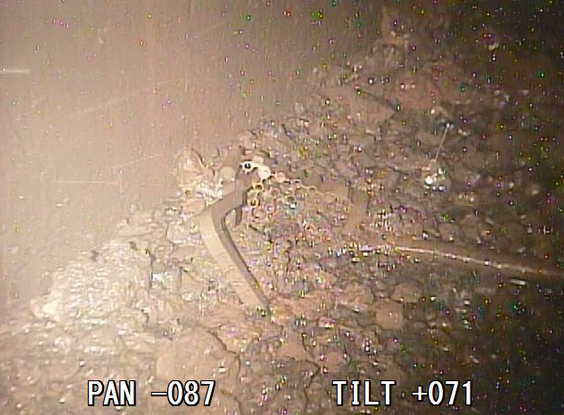
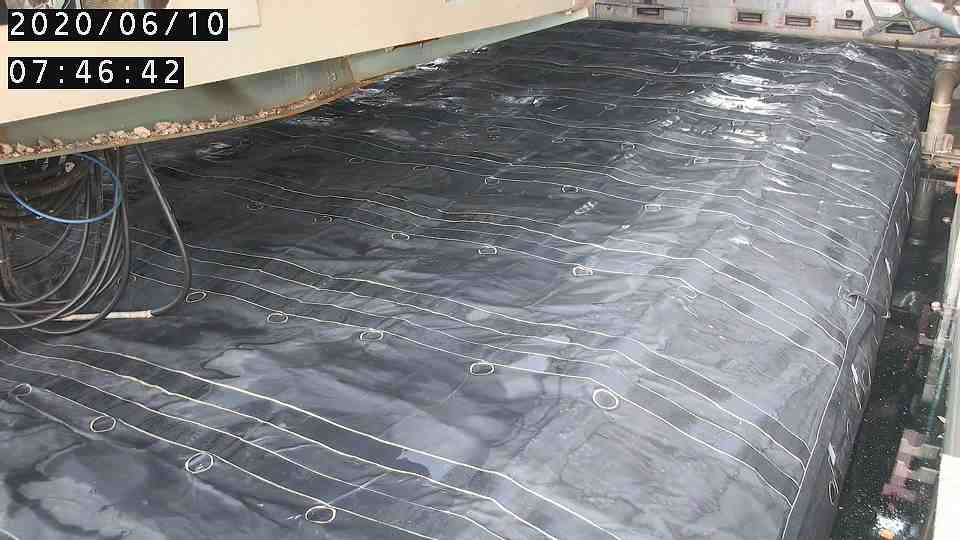
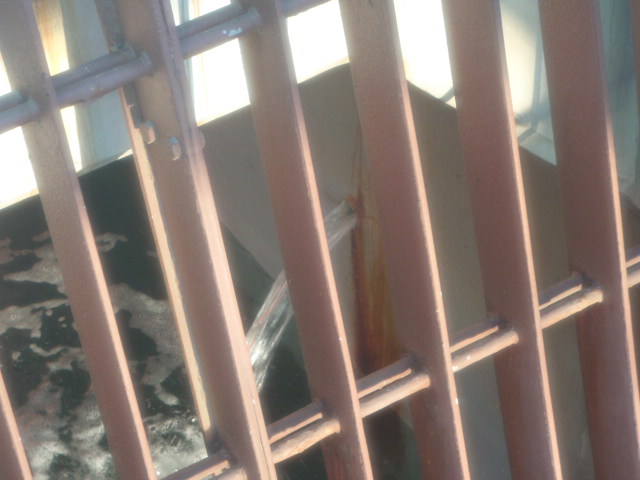
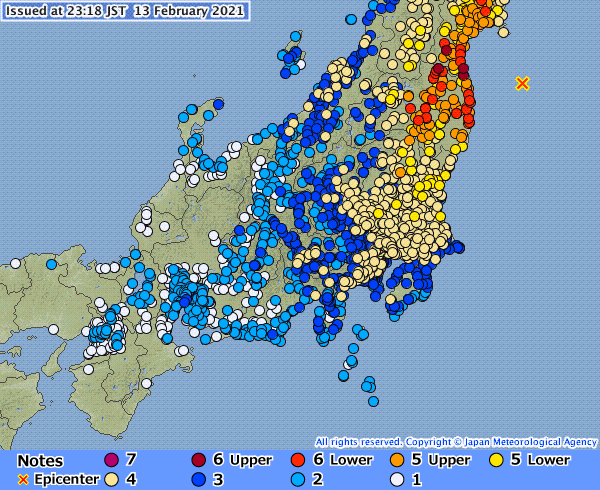

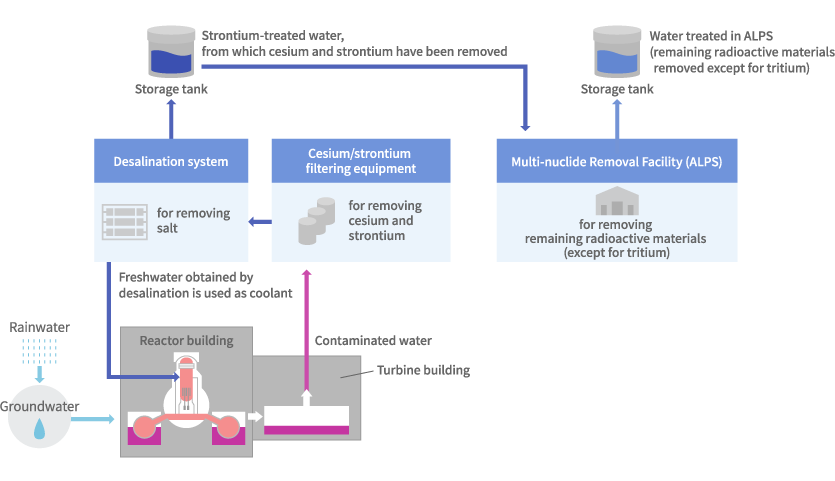



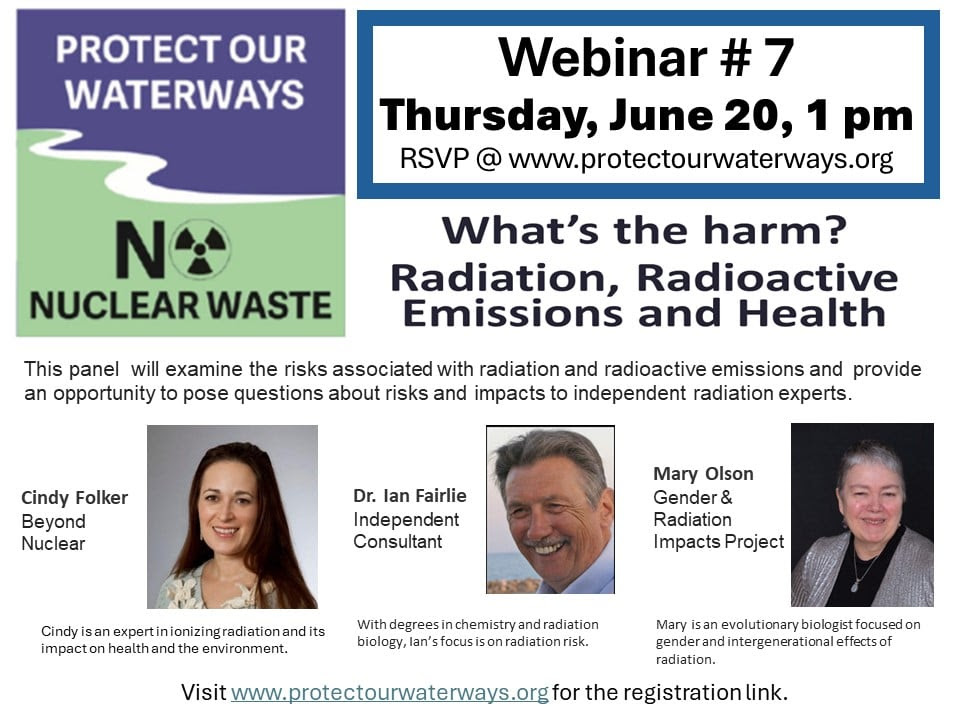

Leave a comment